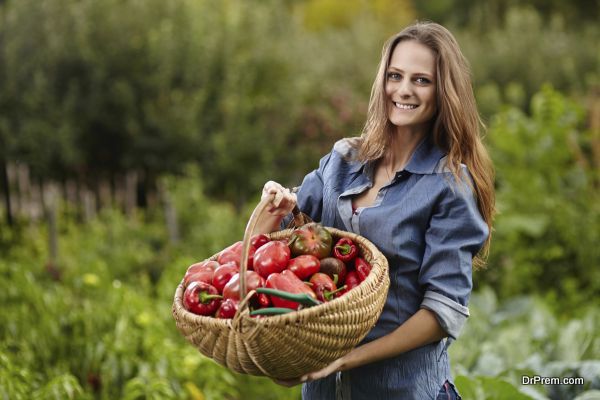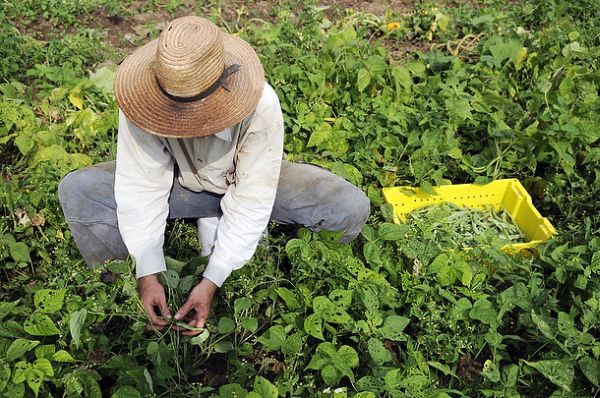Just because you live in the city and your garden is a patch of concrete, it doesn’t mean you can’t propagate a little wildlife garden. Even a few pots of the right plants and a washtub pond can attract an amazing array of creatures. And with bees, hedgehogs, sparrows, song thrushes and stag beetles in decline, everyone’s help is needed.
Pond
Whether you use a rigid form, bitumen liner or even a builder’s bucket, your pond will soon be visited by all sorts of guests, including dragonflies, water boatmen, frogs and even newts. Birds will use it for bathing and drinking too. If you introduce fish, which aren’t actually necessary, you’ll want a pump and UV filter to keep the water clean and clear. Underwater lighting can be an attractive feature to really show off your pond and the creatures in it. Ensure you have shelves so that amphibians or anything that happens to fall in can get out, and include marginal plants such as purple loosestrife which attracts bees, and meadowsweet, which is great for birds in the autumn. It’s also good to include oxygenating plants to help keep the water clear. Try to keep to native plants if possible.
Floors and Walls
Decking and paving aren’t the best choices for a wildlife garden but at least try to include patches of grass here and there. Wood chippings can help keep weeds at bay and woodlice, earwigs and ants will move in. Blackbirds and robins will forage for tasty treats too. If you’re on good terms with your neighbours, discuss ditching the fencing in favour of hedging. There are many suitable, native hedgerow plants, many of which provide flowers and berries for insects, birds and mice. Hedges that aren’t over pruned can provide shelter, a nesting or hibernation spot, and a feast for a plethora of grateful guests. Varieties such as holly, juniper and hawthorn made terrific wildlife hedges and those with thorns can be a deterrent to burglars. If you plant ivy with your hedge, butterflies will overwinter in it and its berries will provide additional food. For more information on hedges, the Wildlife Trusts have produced an excellent factsheet.
Containers
Even if container gardening is your only option, you can still create an amazing wildlife sanctuary. Plant your tubs with peat-free compost and include nectar-rich species for butterflies and other insects. Choose early varieties such as English bluebells, as well as late species like lavender, so there’s food for most of the year. Include long-lasting marigolds and buddleia too. Many herbs are adored by bees, such as borage, sage and comfrey. Stinging nettle and nasturtiums will be munched by larvae, and ivy can provide hibernation cover. Your containers can be as quirky as you like: old watering can, birdcage or even an old Wellington boot. Have them hanging and at ground level.
For very little cost and with a bit of imagination, your urban garden could be a welcome respite for UK wildlife.
Article Submitted By Community Writer





